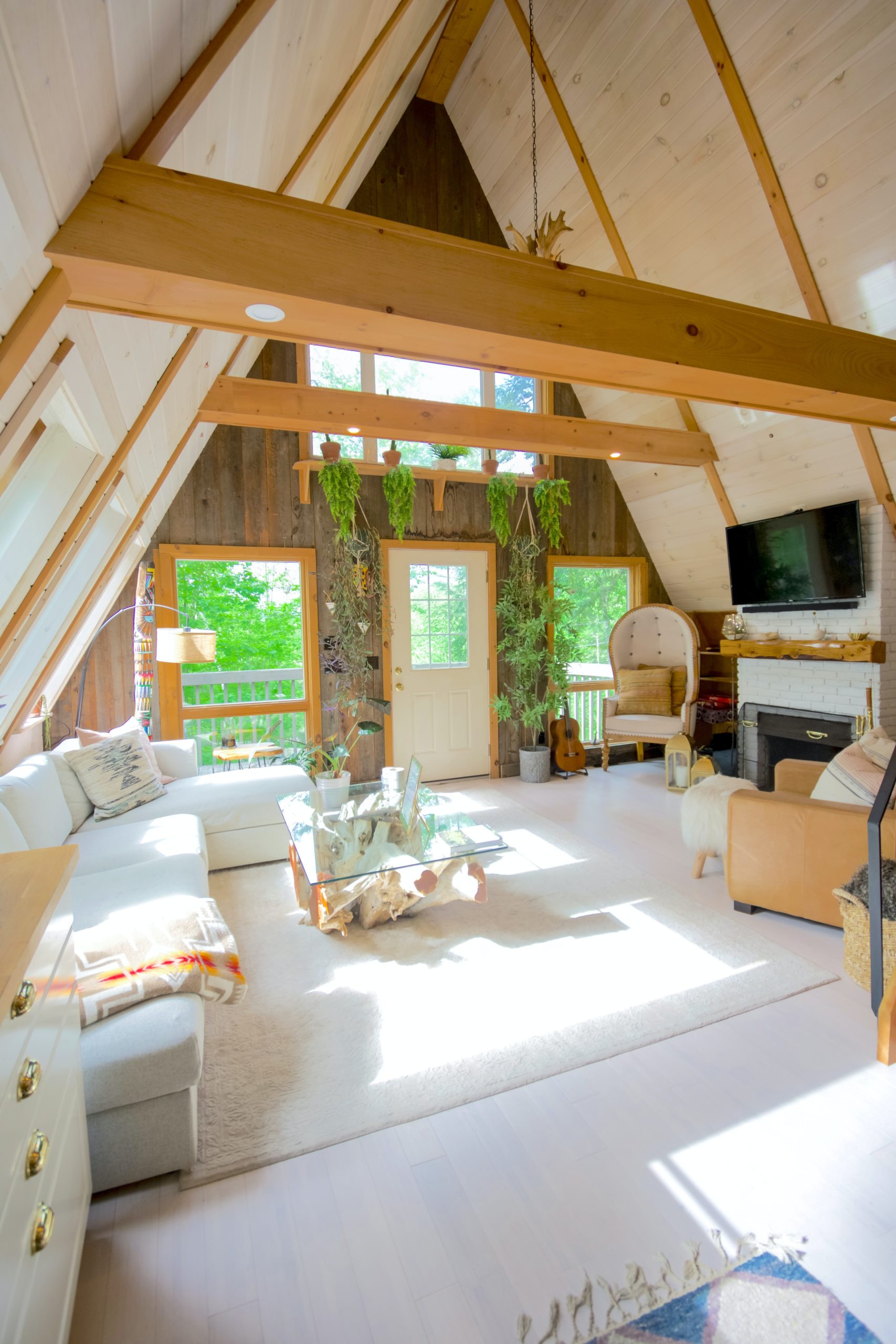What is Salutogenic Design? How can we use it in our homes?
What is Salutogenic Design? How can we use it in our homes?
Salutogenic design comes from the two Latin words ‘salus’ meaning health and ‘genesis’ meaning origin. It is the study of the origins of human health. Aaron Antonovsky was an immigrant to the US in the 1920’s, eventually being drafted into the US Army in World War II and serving in the Pacific. Much later after obtaining his doctorate in sociology, Aaron studied survivors of concentration camps and wondered, why aren’t more of them in very poor health? It was his questioning of the means and causes of good health, rather than what causes disease, that set him apart. (The Handbook of Salutogenesis, Chapter 3, Aaron Antonovsky, the Scholar and the Man Behind Salutogenesis)
Normally salutogenesis is focused on healthcare settings and providers. However, we can take the same concepts and apply them to our workspaces and homes. In today’s news, we’re constantly being made aware of environmental and human threats like viruses and toxic spills that threaten our health. The possible effects, such as cancer, high blood pressure, and sickness, are always presented to admonish us, avoid this or suffer consequences! It’s definitely hard to tune out these sources. However, if we’re able to focus on what makes us feel good, the results could be much greater. Whether you’re designing a home from the ground up or have some time and budget to make some changes, here are some concepts from salutogenesis to keep your perspective in the right place: your health.
Louisa Grey is a designer living in north London who has embraced salutogenic design. She prioritizes space, light and air in her projects by identifying the direction of natural light and the optimum layout to encourage airflow. She admires the design of southern Italy’s trulli (ancient homes made out of limestone with conical roofs) and often incorporates a similar building material–clay–in her modern works, because it is naturally abundant, has acoustic-controlling qualities, is dehumidifying, regulates temperature and can improve air quality. Clay plaster on walls has a soothing texture and appearance that gives a rustic, hand-crafted look to rooms, which also saves on energy in manufacturing and reduces waste. (Interiors expert Louisa Grey on how to embrace salutogenic design)
Well-placed windows should allow the right amount of sunlight into your home, such that it doesn’t cause a large cooling load but rather allow a range of filtered or dappled light. There are a number of companies that also offer faux skylights (thus avoiding any leaks or roof problems!) when natural light is at a premium.
Open-concept floor plans do have the advantage of seeming more spacious than the same size traditional floor plan, but there is also comfort and peace in having walls and doors define some spaces, like an office or home library.
Porches, courtyards and the ability to open large windows or doors to the outdoors (in areas with good air quality) are very beneficial because they allow fresh air to fill your home and to warm or cool it. Plus, they are an ideal place to keep plants that need a little shade or protection and surround your seating areas in green. Even views of green–from inside the house–lower stress, lower blood pressure, improve cognitive functions (like your ability to learn or focus), increase productivity, reduce anxiety, improve mood … the list is extensive! (How Your Home’s Design Can Improve Your Health)
If you are not building from the ground up, however, there are still ways to apply this type of design in your home. According to the previous source, one of the most popular methods of salutogenic design is to incorporate biophilic design, which is based on human’s innate connection to nature. To do this, you can incorporate plants into your home, a calming mural, or the actual “architecture” of nature such as a natural stone fireplace, spiral staircase, or live-edge shelving that protrudes at different widths and heights on a wall. Honeycomb shelving or tiled floors also mimic natural shapes.
Texture and comfort inside the home are very important. (Although rugs and upholstery can hold dust and dust-mites, the way they “warm up” a room to make it inviting and comforting is important enough to use them when you can. Also according to Louisa Grey, scents are can also be a healing part of your home: try to use natural oils and purifying mists and flowers that are grown locally. (How to design a healing home – and the power of salutogenic design)
Salutogenic design can even encourage healthy behavior when features like stairs or a swimming pool are included, or workout areas are not tucked away into a back corner or basement (you pass by them on a regular basis). A beautiful library space, whether it’s an entire room or several bookshelves and a comfortable chair with good light also encourages learning. (Salutogenic Approach to Design is at the Core of Wellbeing)
Salutogenic design follows the principle that “an ounce of prevention is worth a pound of cure”. Many homeowners make this choice everyday: should we go for small pieces of quality workmanship in our decor, appliances and clothing, or larger but lower-quality items? It’s true that good design, building and decor may cost more than “builder’s grade” plans and materials, but what you should reap is a lifetime (or at least as long as you can live there) of better air quality, ergonomic ease, increased productivity and creativity, lower stress and overall wellbeing. Who can put a price on that?
Photo by Andrea Davis on Unsplash

